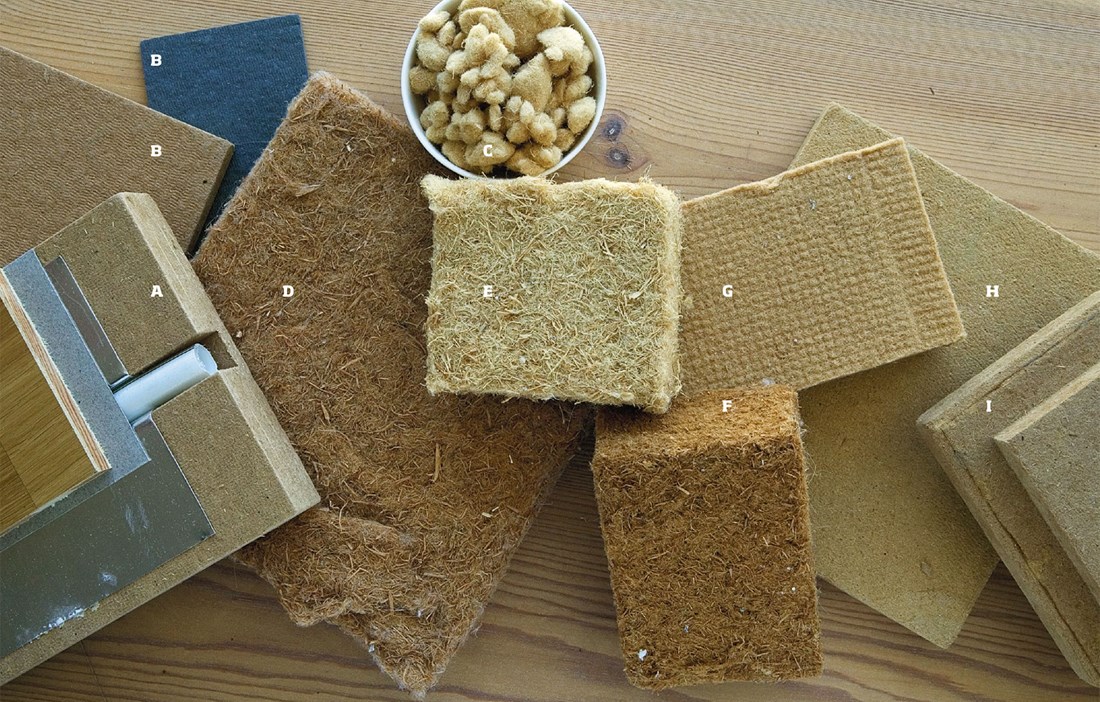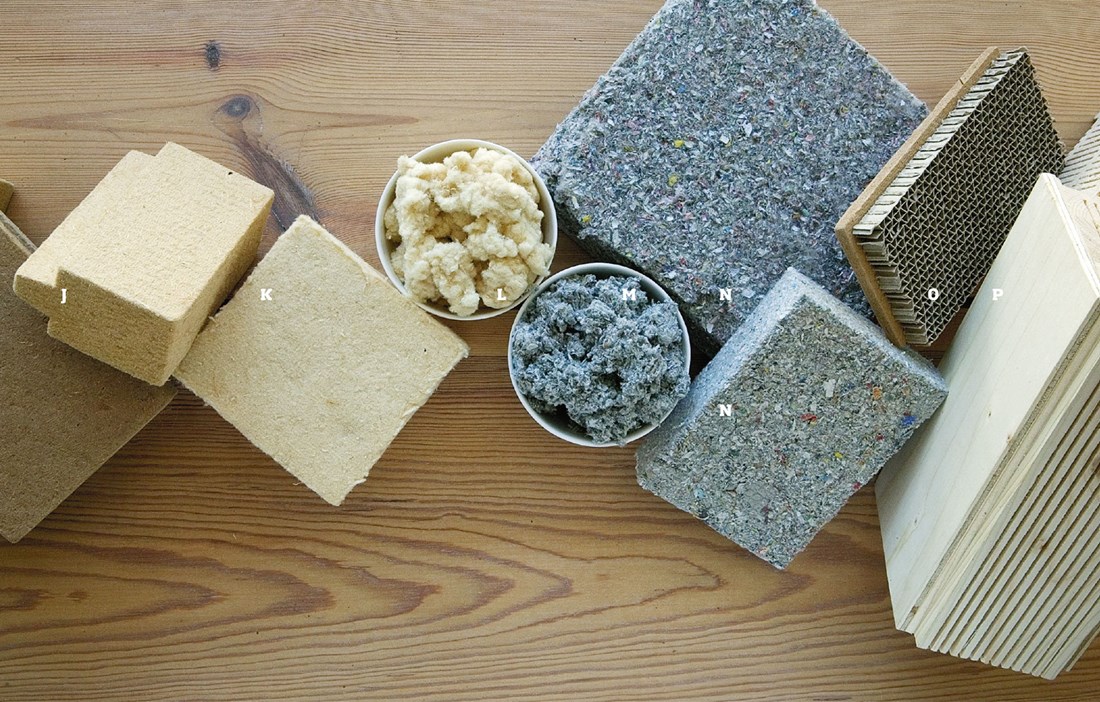INHIBITING AND STORING. That is how one might sum up the function of insulation made from wood fibre. And the life cycle analysis (LCA) of wood products makes the advantages of the material even clearer. Wood is an important raw material, a socioeconomic treasure. It is a renewable resource, as long as the raw material is managed according to a consciously sustainable harvesting plan with responsibility for future growth, as is the case in European forestry.
People sometimes talk about buildings that breathe, but buildings shouldn’t be breathing. They should be ventilated in a controlled way for the sake of the structure and the indoor environment, and for the building’s energy performance. Our homes are not up to today’s lifestyle, with showering and laundry several times a day, if they are full of gaps that let air out through the building envelope. Older homes that can let air go back and forth through the carcass were built for a very different way of living and from complementary materials.
There is also little desire to live in a plastic bag, with many dreaming of an older, slightly draughty, but pleasant house one can trust. But those houses are also no good for today’s modern lifestyle, since letting damp, warm air pass out through the building envelope may not be good for the carcass or the indoor environment. In addition, the operating cost, comfort and environmental impact of heating a draughty house is generally problematic. A negative experience of the indoor environment also comes down to the same issue, the inability of the constituent materials to absorb and release moisture. We simply don’t feel as well in houses that lack the ability to buffer and release a healthy amount of moisture into our living environment. Our mucous membranes, but also our skin, need moisture – a relative humidity figure (RH) of between 40 and 60 percent is optimal – to protect the body and the immune system against unwelcome attack.
A CARCASS OF COMPLEMENTARY MATERIALS is more moisture-proof and therefore lasts longer, while also offering users a healthier indoor environment. The complementary effect means that the carcass, the moisture inhibitor (no plastic barrier) and the insulation have similar properties and the capacity to jointly let through moisture via diffusion, not convection (and movement), without the carcass being damaged.
Cellulose (off-white) is a processed wood fibre. Discounting the ability of the solid wood carcass to store and inhibit thermal losses to some extent, there are several established wood-fibre insulation products on the market, involving different degrees of processing, and more are under development. The classics are sawdust and wood shavings, which can be seen as pure waste products and have long been used as insulation in traditional construction. These two unprocessed forms of wood-fibre insulation have, however, had their day when it comes to modern construction, due to their relatively high U-values and the fact that over time they compact down far too much inside the structure. Suppliers of sawdust insulation can nevertheless still be found.
It is here that the newer, well tested and more processed forms of insulation come in. Wood-fibre insulation (brown) is the least processed form and is used either as a loose fill that is blown into the structure or in the form of boards of varying rigidity. The benefit of all forms of loose fill is that it can be forced into every nook and cranny, thus reducing energy-draining thermal bridges. It can also be blown in under different pressures so as to control the density of the installation. And it is here that insulation made from wood raw material stands out in terms of performance. The high density contributes not only to reduced convection within itself, but also gives it an almost unbeatable capacity to capture and store heat that is on the way out or in through the building envelope (thermal capacitance). Wood-based insulation has around twice the storage capacity of mineral wool/glass wall. This argument is often overlooked when choosing insulation. Similarly, the high density helps deliver excellent sound damping properties.
The same wood fibre is also available as semi-rigid board and also as more rigid boards suitable as windstoppers or supplementary insulation. The stiffest boards are available in different densities and material thicknesses. Wood-fibre boards are also used as impact sound insulation and as grooved boards for underfloor heating.
Cellulose (off-white) is also available as a loose fill material and a semi-rigid board. The fibre is slightly more processed, but it still retains good elasticity, which determines how much the material will compact over time. The greater the elasticity, the greater the ability to absorb and release moisture and then return to its full volume.
Today, the most established cellulose insulation (grey) is made from wrongly printed newspapers that have been ground down and turned into either a loose fill material or a semi-rigid board. Newspaper-based cellulose in loose fill form has gained ground due to its price and performance.
THE FACT THAT CELLULOSE is a much more pleasant insulation material for the tradesmen to work with has also contributed to the material’s growing popularity. The insulation causes no itching either during installation or once the work is done. Loose fill insulation comes in a truck equipped with a mechanical blower that carries out the installation in just a few hours. This allows the tradesmen to focus on jobs other than insulation, which would otherwise be a time-consuming process due to the precision required for a good result.
Text Felicia Oreholm






















